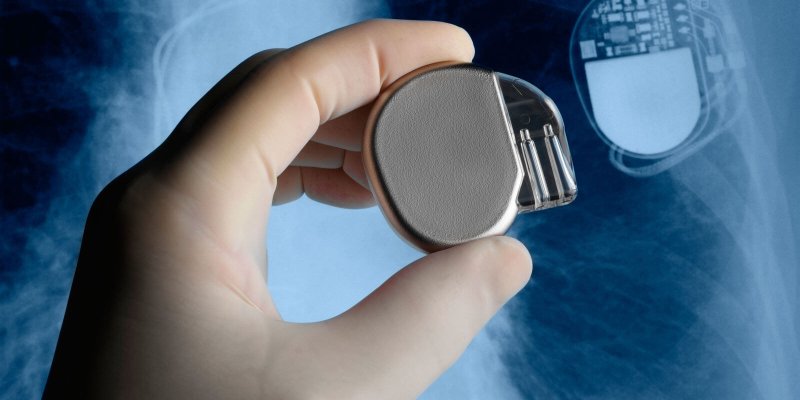If heart transplantation – 50 years after Christiaan Barnard carried out the first operation – has become routine, what exactly will medicine be capable of in the future? Will we one day be able to build, or even grow, replacement hearts, or will surgeons be able to use genetically modified animal hearts in their place?
…
New techniques are badly needed because the number of donor organs – about 200 per year in the UK – is dwarfed by demand. About 2,000 people under the age of 65 a year will die of heart failure without a transplant. One option researchers hope to develop is to use stem cells to grow new cardiac muscle.
…
An alternative to growing new hearts is to refine devices that can keep a patient alive until they can have a transplant. In recent years, the left ventricular assist device (LVAD) – an artificial pump that helps the left side of the heart do its job – has shrunk from a large external piece of kit to a tiny battery-operated device that can be implanted into the chest.
…
The key to the future is not likely to be any single technology, but a combination of all of them. But if the past 50 years have taught us anything at all, it is that things that seem impossible today will become the medicine of tomorrow.
Read full, original post: What will medicine be able to do with hearts?































